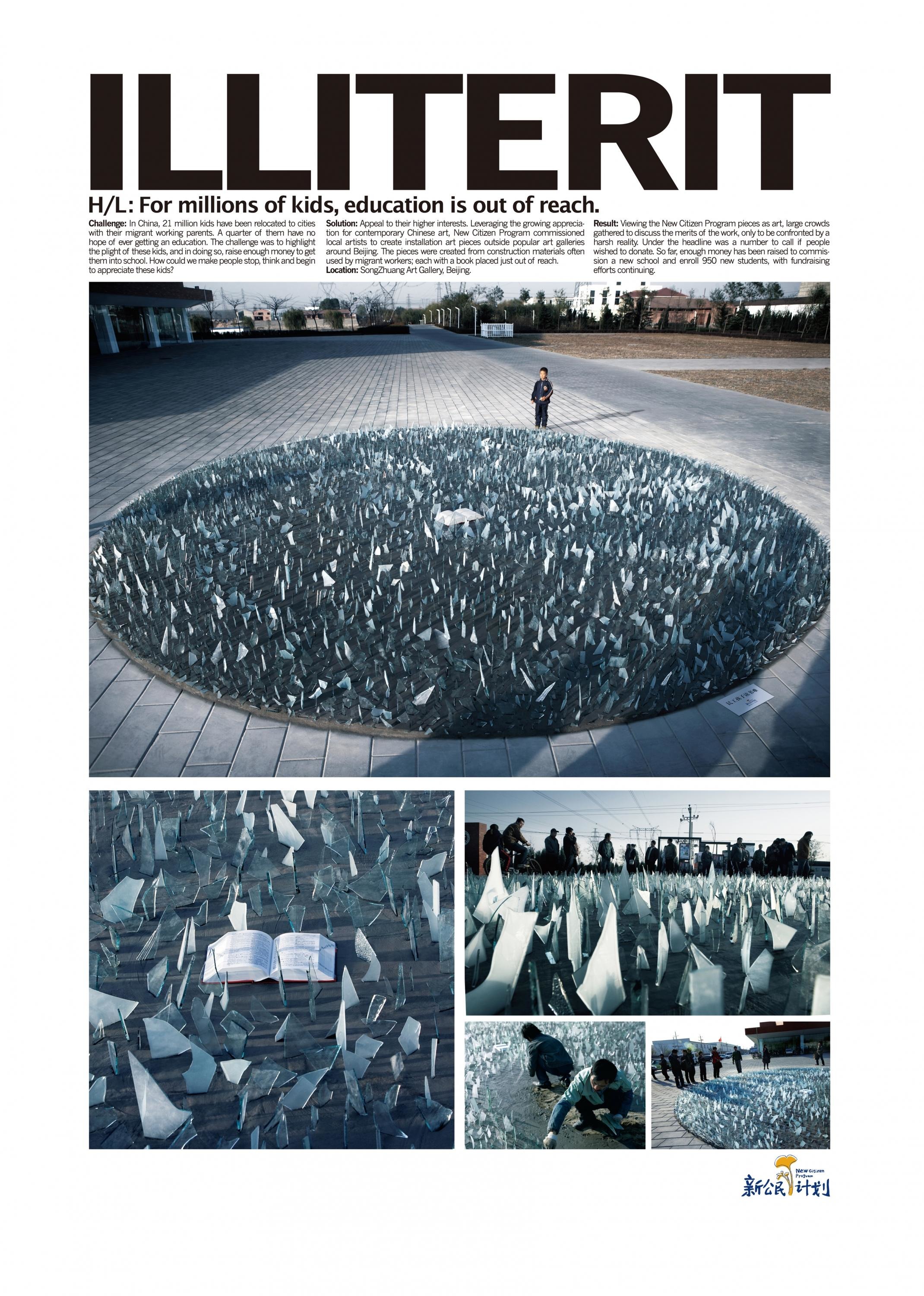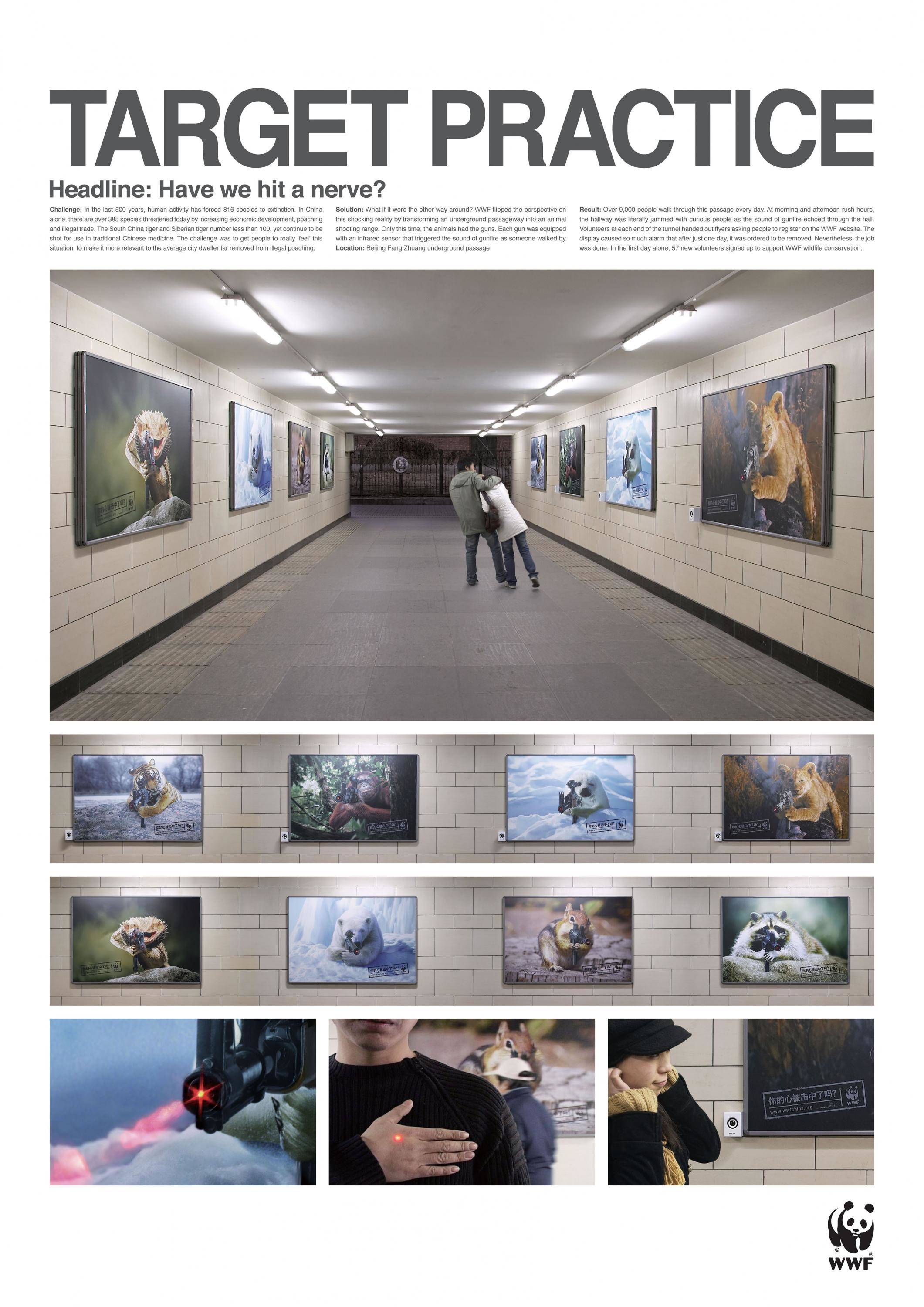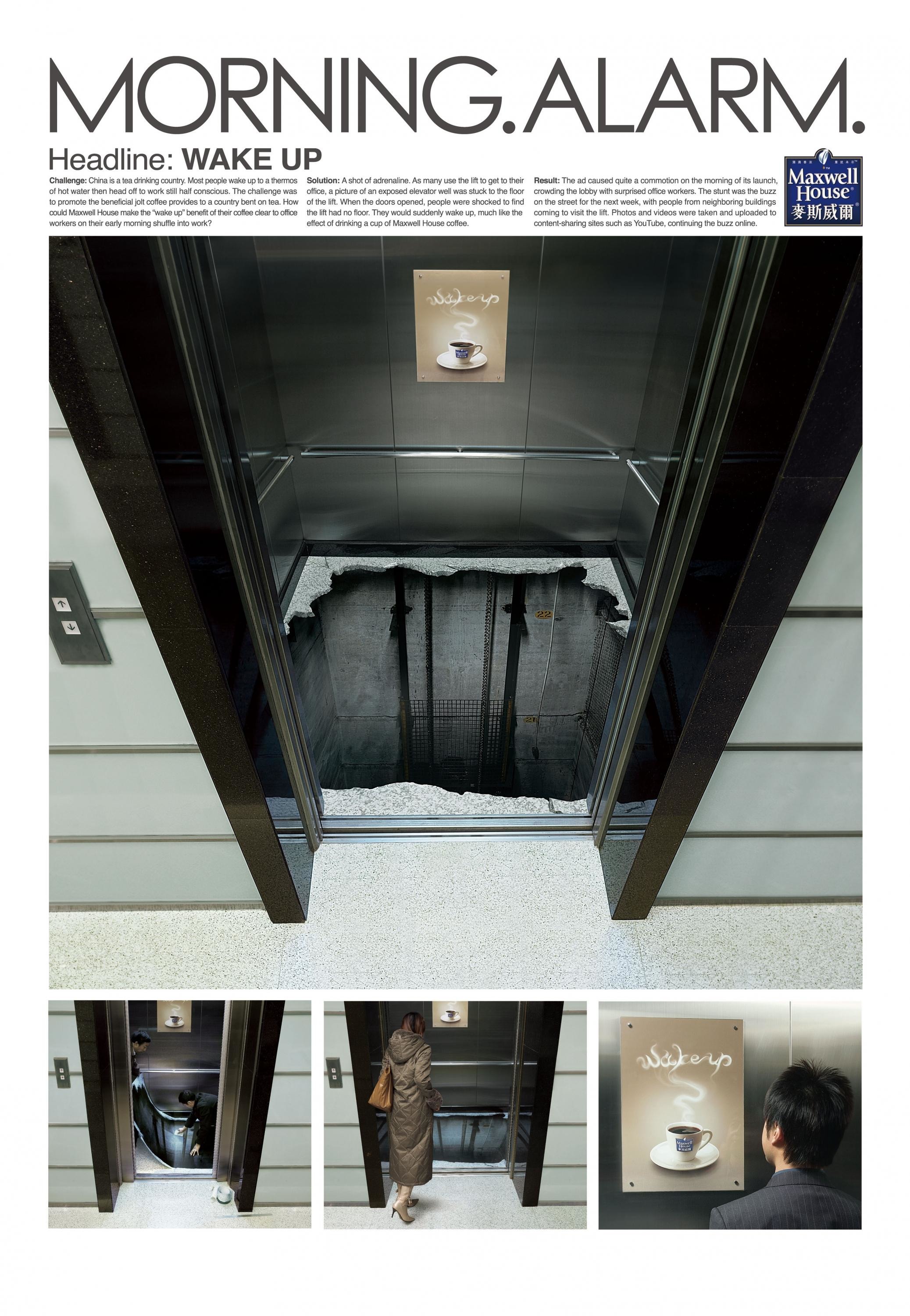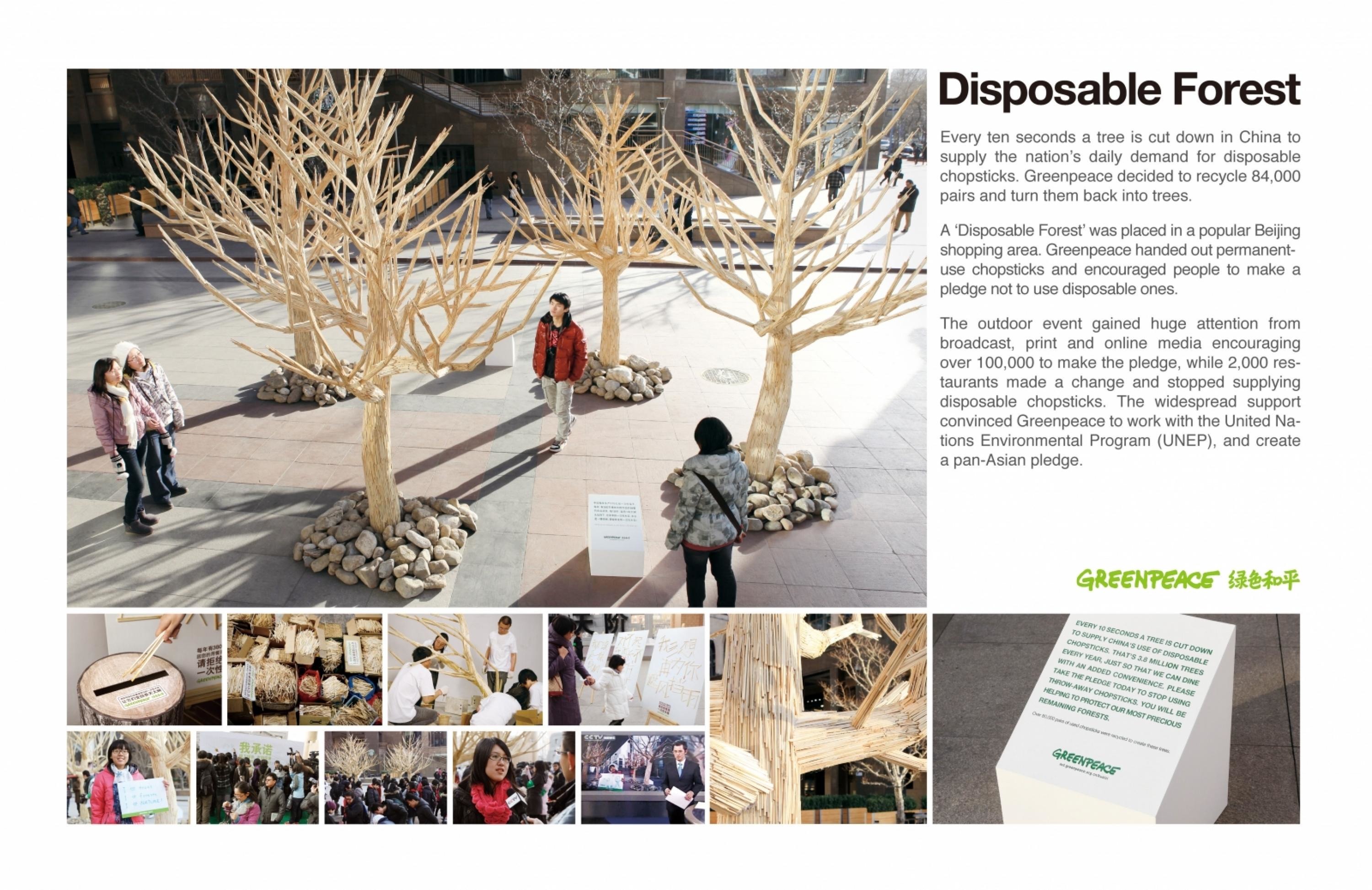PR > PR: Digital & Social
GREAT CHINESE NAMES FOR GREAT BRITAIN
OGILVY BEIJING, Beijing / VISITBRITAIN / 2015
Awards:
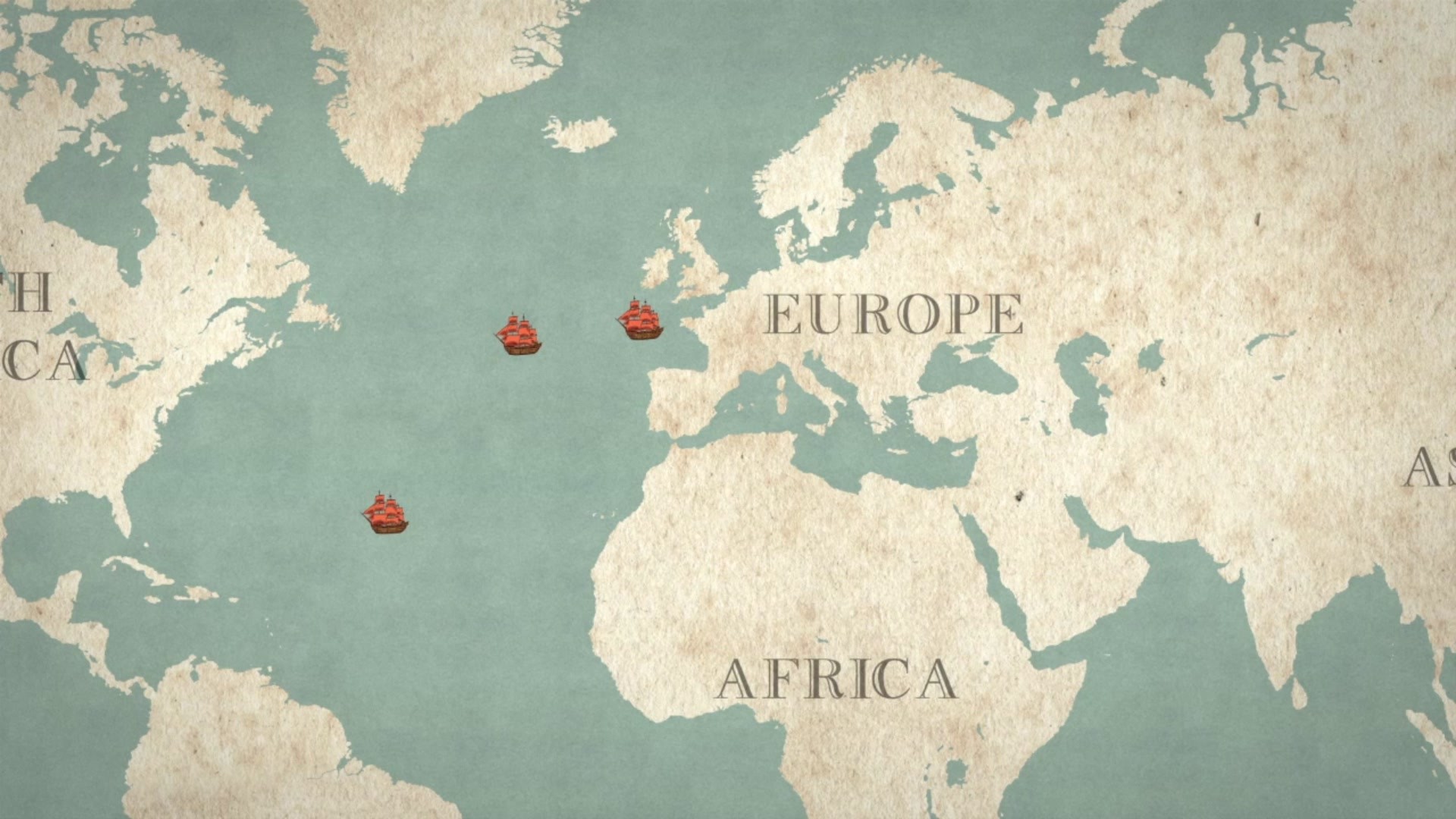
Overview
Credits
Overview
CampaignDescription
VisitBritain, the national tourism agency, hoped to attract more Chinese visitors to the UK. The Chinese, however, preferred visiting the US and Europe, both of which outspend Britain and offer more attractions per entry visa. So we needed a new way to engage young affluent Chinese to get them to consider Britain.
Our insight was that British landmarks either didn't have Chinese names or were saddled with meaningless phonetic translations. With names being so important in shaping Chinese perception, our idea was to invite the Chinese to coin their own names for major British landmarks, to be immortalized on Google maps, Baidu and Wikipedia.
This was the first time in history that one country had openly invited the citizens of another to name its landmarks. And this ‘news’ in itself made headlines across both China and the UK.
In effect, we had given present-day Chinese tourists the same opportunity to make history that 15th century European circumnavigators enjoyed during the Great Age of Exploration.
The idea motivated the Chinese to discover more about British destinations so that they could coin better names for them. It also forged stronger emotional bonds with the UK.
As a result, hundreds of British landmarks were named, and visits from China increased by 27% during the campaign period. The rise in Chinese tourism over the whole year is on target to add 470 new jobs and 22 million GBP to the British economy.
ClientBriefOrObjective
Research revealed that Britain ranked 14th on the list of 50 countries that Chinese tourists aspired to visit. So the campaign’s objective was to make Britain a more aspirational destination and increase the absolute number of Chinese visitors coming to the UK, thereby adding jobs and revenue to the British economy. Since VisitBritain could not afford to outspend the US and Europe in the Chinese market, we needed to find a way to earn our influence.
Effectiveness
As a result of the PR campaign, 2,245,874 people visited the campaign pages, helping to coin 13,019 unique Chinese names. Over 80 earned and paid Key Opinion Leaders (KOLs) covered the campaign on social media, while 260 different media (including 4 TV and radio stations, 156 mass print publications, 14 travel magazines, 95 assorted portals, vertical and video platforms) published reports on it. Initial survey results showed that those who recalled seeing the campaign were 20% more likely to visit Britain. But in fact, there was a 27% increase in visits from China just during the campaign period (data from a major airline flying China-UK). The increase in Chinese tourism for the whole year is on target to add 470 new jobs and 22 million GBP to the British economy (based on forecasts, since measurement for the campaign is still underway).
Execution
The campaign kicked off on Dec 3, 2014 with an official invitation from the British Ambassador to China. Six variations of a launch film, demonstrating how to go about coining names, appeared on OOH, cinema, social channels and pre-rolls. Static ads, each of which invited name submissions for a point of interest, appeared on OOH, taxi and print media. All the media channels led people to the campaign website, which featured 101 British points of interest that people could name. For other places, they were encouraged to personally visit the location in the UK and upload names to Weibo along with proof of visit. Celebrity endorsements and social influencers supported and endorsed the campaign during its three-month run. Interest was stimulated through a content video that traced the journey of a real Beatles fan on a quest to name Beatles landmarks in London and Liverpool.
Relevancy
Growing affluence in China means that Chinese tourists now spend more than other tourists. Hence there is intense competition to attract them. Britain lost market share to the US and Europe over recent years and VisitBritain needed to help reverse this decline. The problem was that the target group of young affluent Chinese perceived Britain as not sufficiently welcoming (the UK’s stringent visa policy was a key contributor to this). We needed a new way to engage our audience and change the perception of Britain from cold and aloof to warm and inviting.
Strategy
Our target audience was young, wealthy, independent and open-minded Chinese who had the desire and means to travel to Europe. We realized that these people would feel more at home in Britain if the landmarks and attractions had interesting and evocative Chinese names. Names are extremely important in shaping Chinese perception. And coining nicknames for people, places and things is a national pastime in China. The trouble is that British landmarks either didn't have existing Chinese names at all, or had meaningless, phonetic translations that were not enticing. That was the insight that led to the “Great Chinese Names for Great Britain campaign”.
More Entries from Use of digital Platforms in PR
24 items
More Entries from OGILVY BEIJING
24 items





